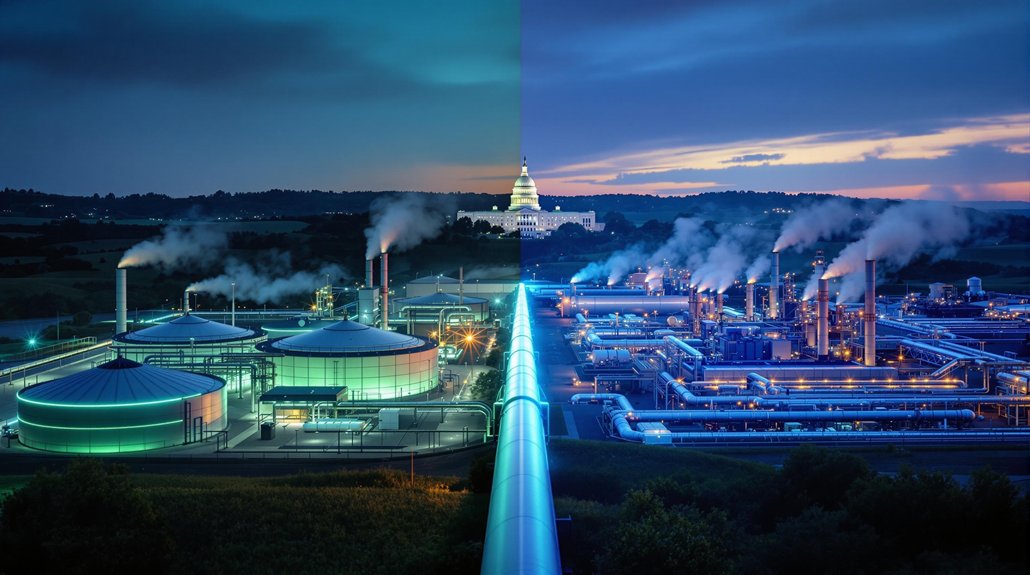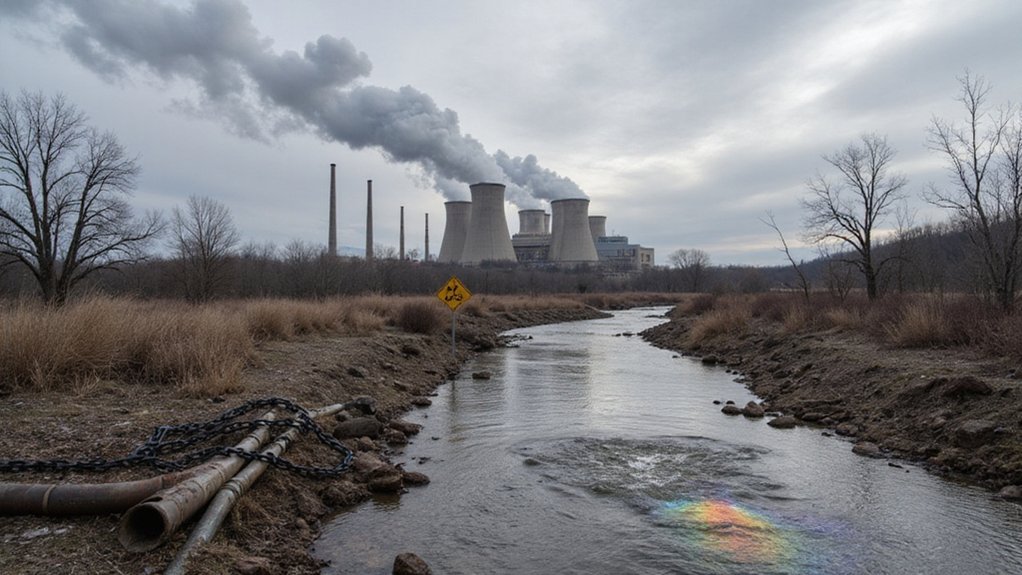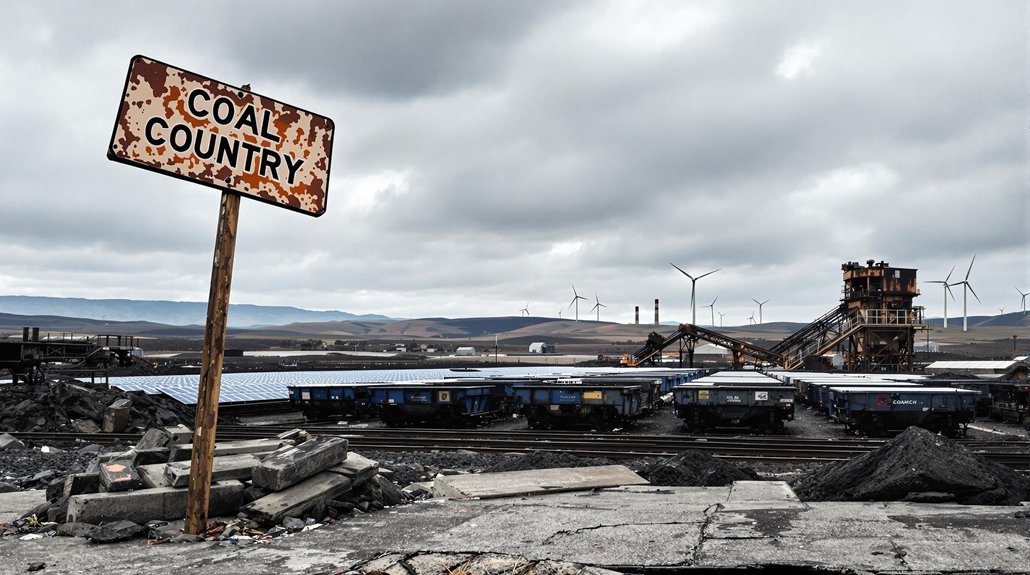A House committee is debating whether to classify natural gas as “renewable.” The bill focuses on Renewable Natural Gas (RNG), made from organic waste like manure and landfill garbage. RNG can reduce greenhouse emissions by up to 300% compared to fossil fuels. While production has grown 267% since 2017, challenges include higher costs and limited resources. This decision could reshape America’s energy future dramatically.
While most people think of natural gas as a fossil fuel, a growing alternative called Renewable Natural Gas (RNG) is changing this perception. The House Committee is now debating whether natural gas can legally be classified as “renewable” under certain conditions. This controversial bill has sparked discussions about the future of America’s energy policy.
RNG is biogas that’s been upgraded to meet pipeline quality standards. It’s made from organic waste materials like landfill garbage, wastewater, animal manure, and food waste. What makes RNG different from conventional natural gas is its source, not its chemical makeup. The two are chemically identical and can be used interchangeably.
Renewable Natural Gas derives its eco-friendly status not from its chemistry, but from sustainable organic waste sources.
The production process involves capturing methane that would otherwise enter the atmosphere. This gas undergoes anaerobic digestion, cleaning, and upgrading before it can be injected into existing natural gas pipelines or used as fuel. Unlike conventional natural gas, which requires geological surveys and exploration to locate reservoirs, RNG utilizes waste materials that are readily available.
“This isn’t just about semantics,” said Rep. Johnson during the committee hearing. “RNG can reduce greenhouse gas emissions by up to 300% compared to fossil fuels because it captures methane that would otherwise contribute to climate change.”
The U.S. has seen remarkable growth in RNG production, with a 267% increase from 2017 to 2021. Currently, 230 operational RNG projects exist nationwide, with California leading the market due to its Low Carbon Fuel Standard. This growth reflects the increased global investment needed for transitioning to renewable energy sources estimated at $110 trillion from 2021-2050.
Supporters of the bill point to RNG’s environmental benefits. It diverts organic waste from landfills and offers a circular economy solution for waste management. It’s even considered carbon-negative when replacing fossil fuels.
However, opponents highlight several challenges. RNG costs more to produce than conventional natural gas. There’s also limited feedstock availability in some regions and a need for more collection infrastructure. Natural gas has already contributed significantly to reducing emissions, with the shift from coal to natural gas resulting in a reduction of 532 million metric tons of CO2 emissions.
The bill would expand federal incentives under the Renewable Fuel Standard and potentially influence state-level policies. The Committee’s decision could greatly impact the $2 billion invested in RNG projects in 2021 and shape the future of America’s renewable energy landscape.









